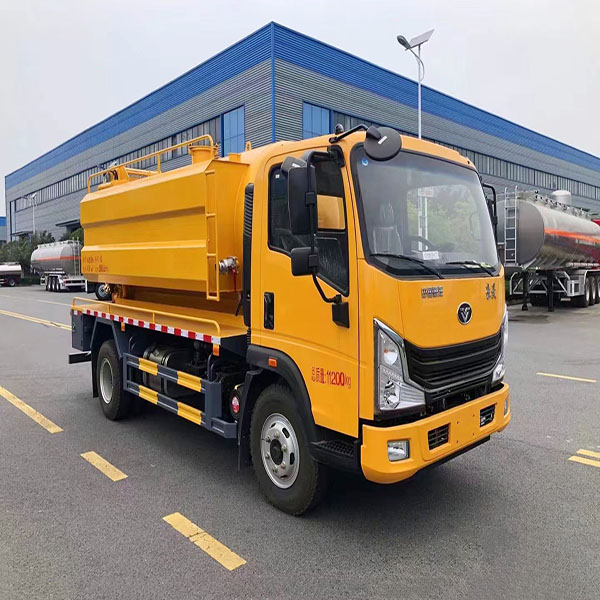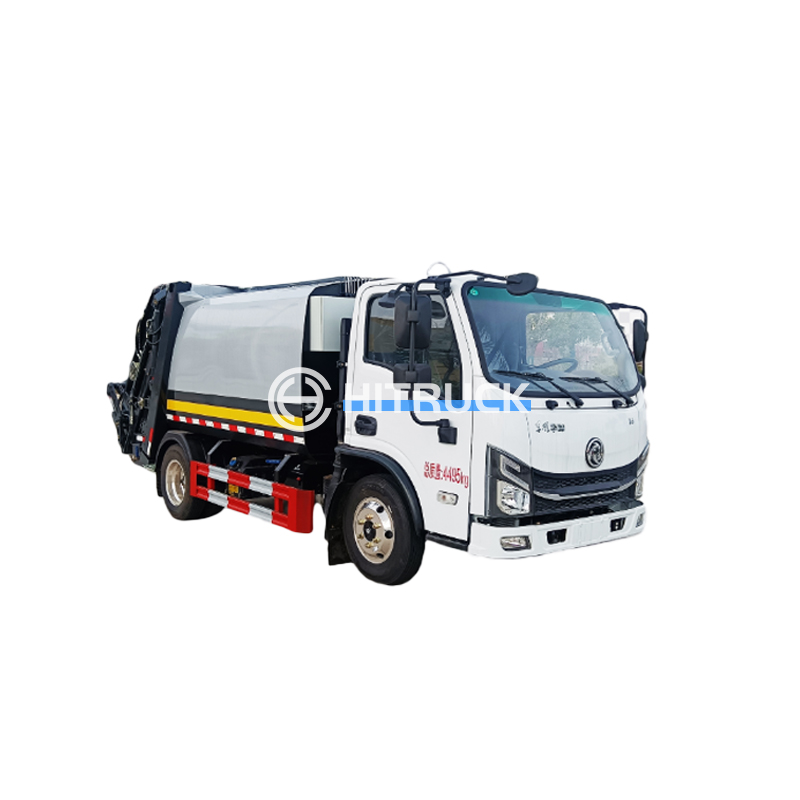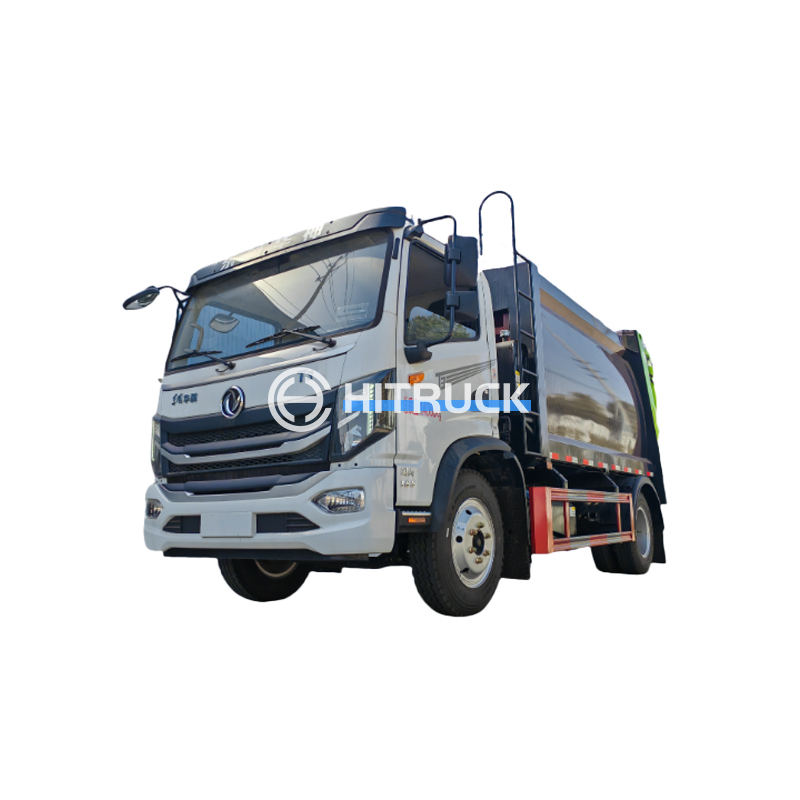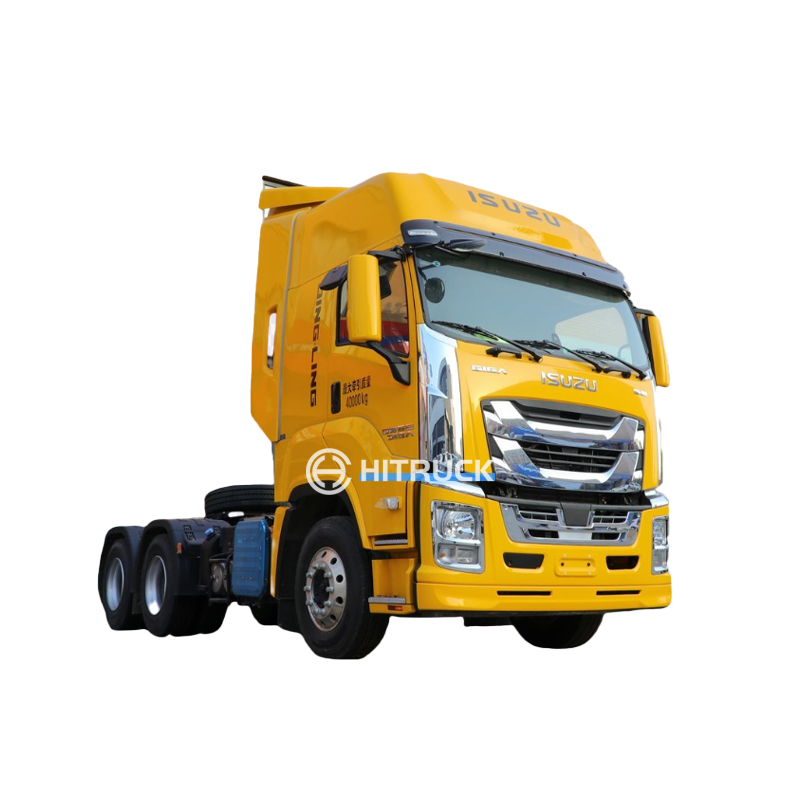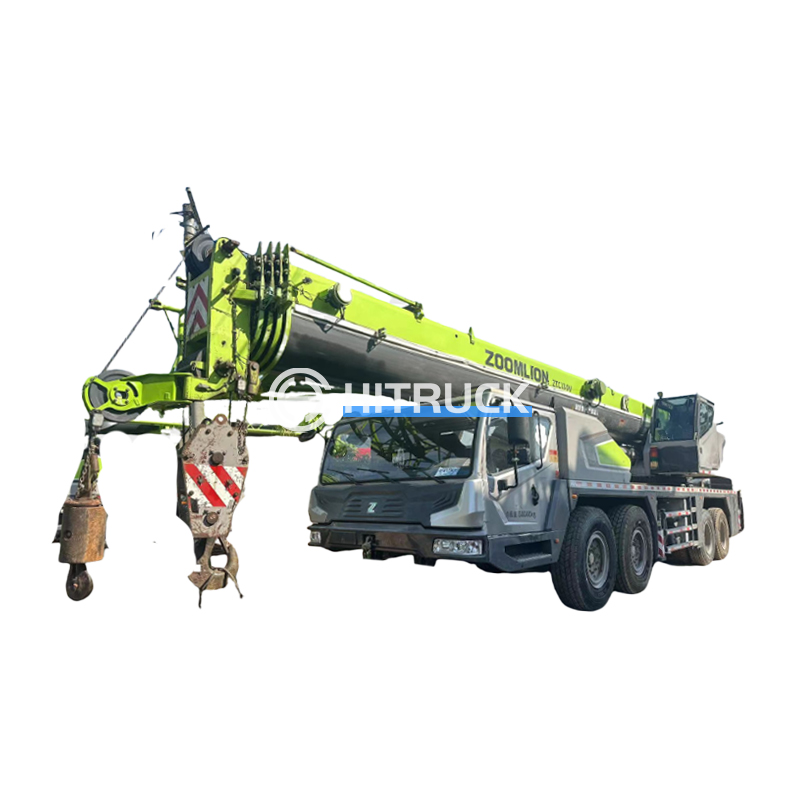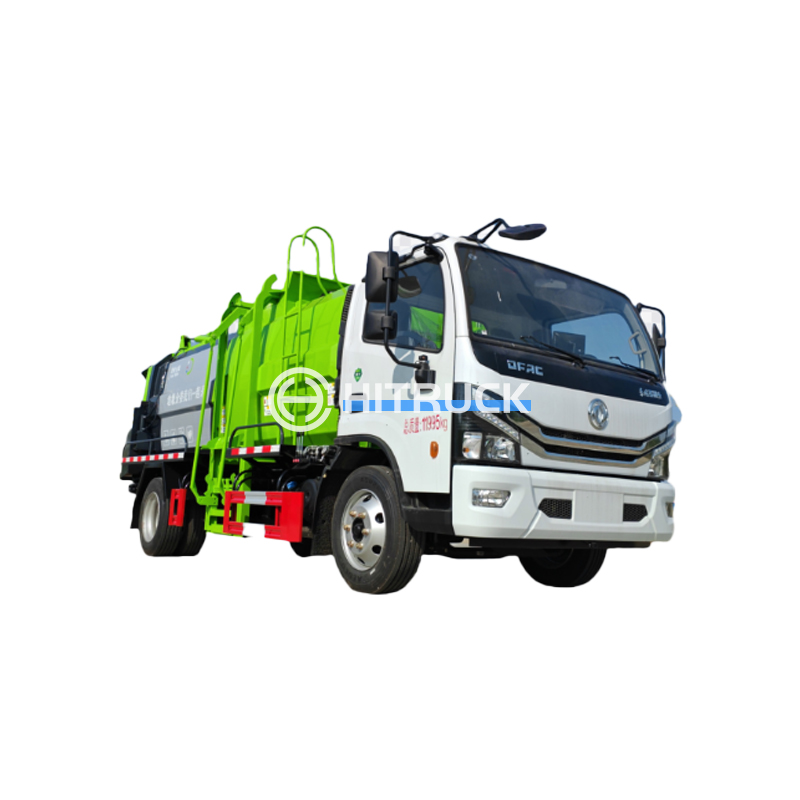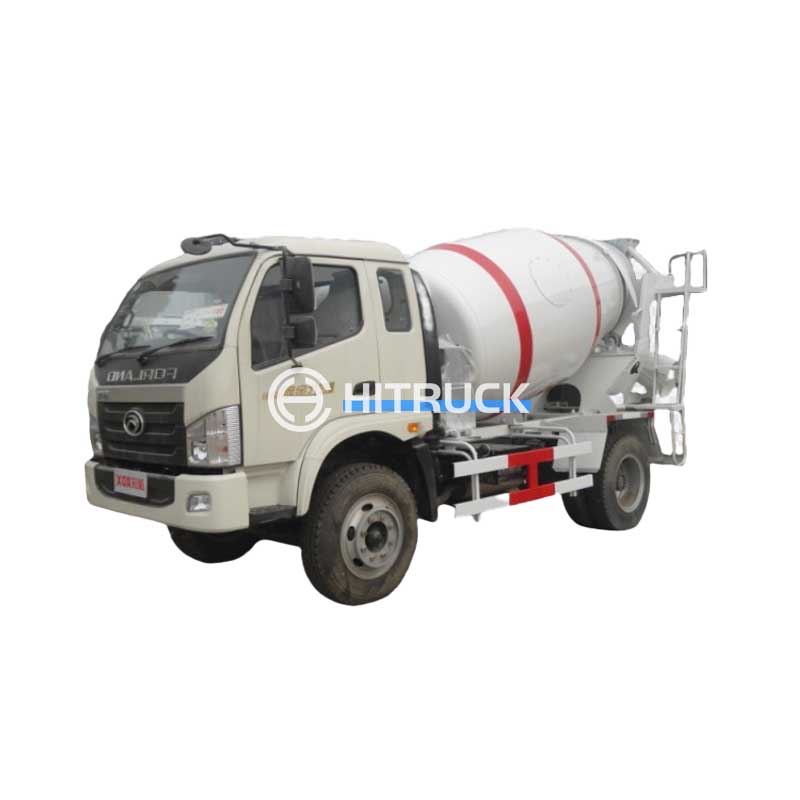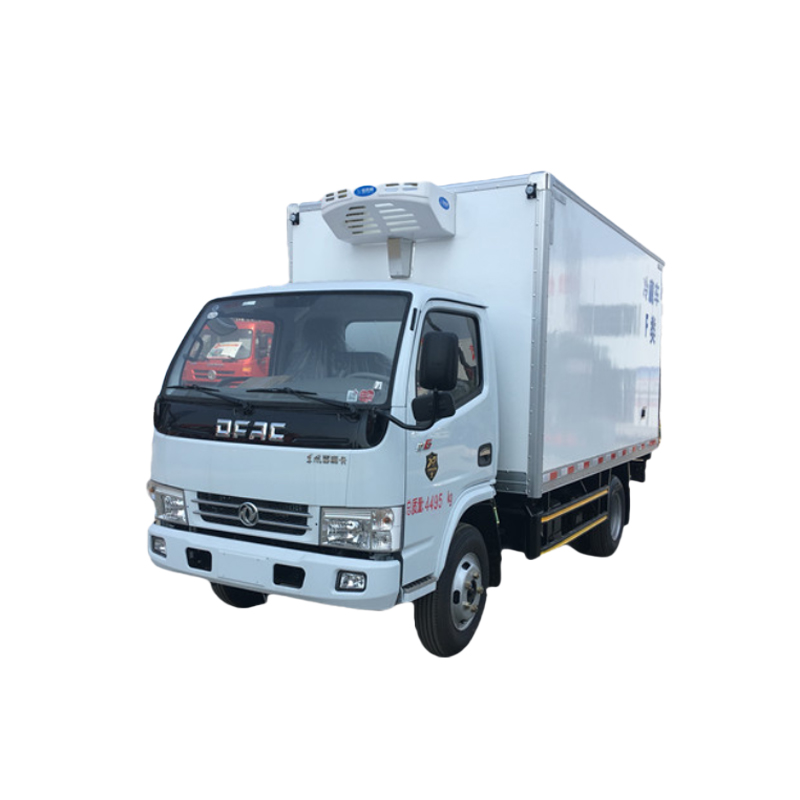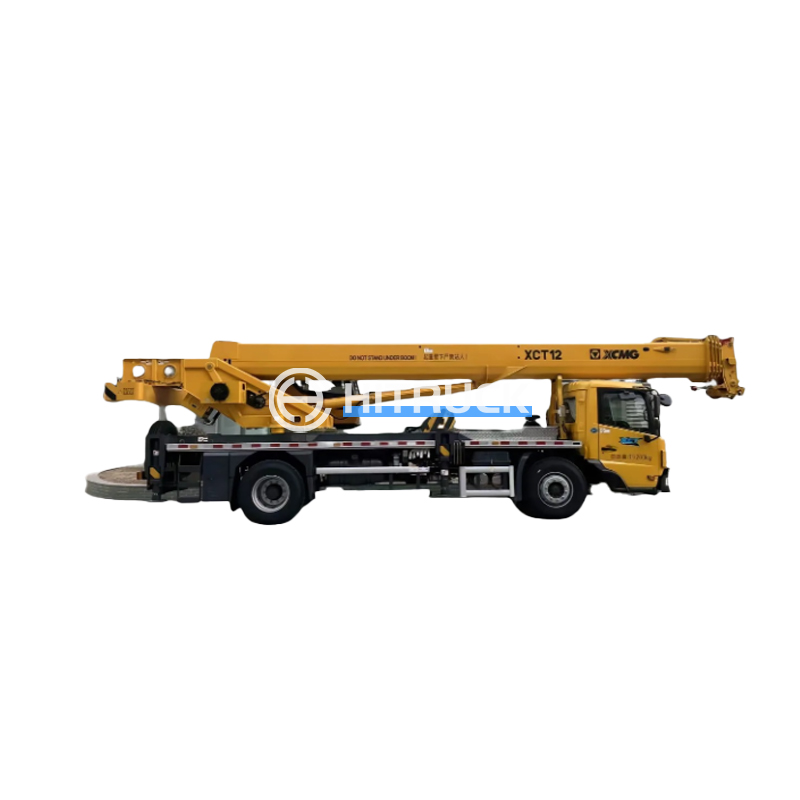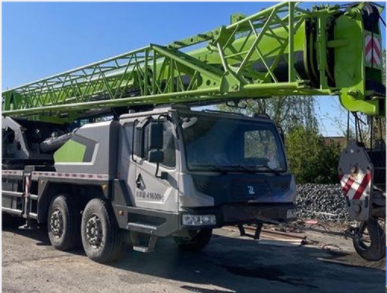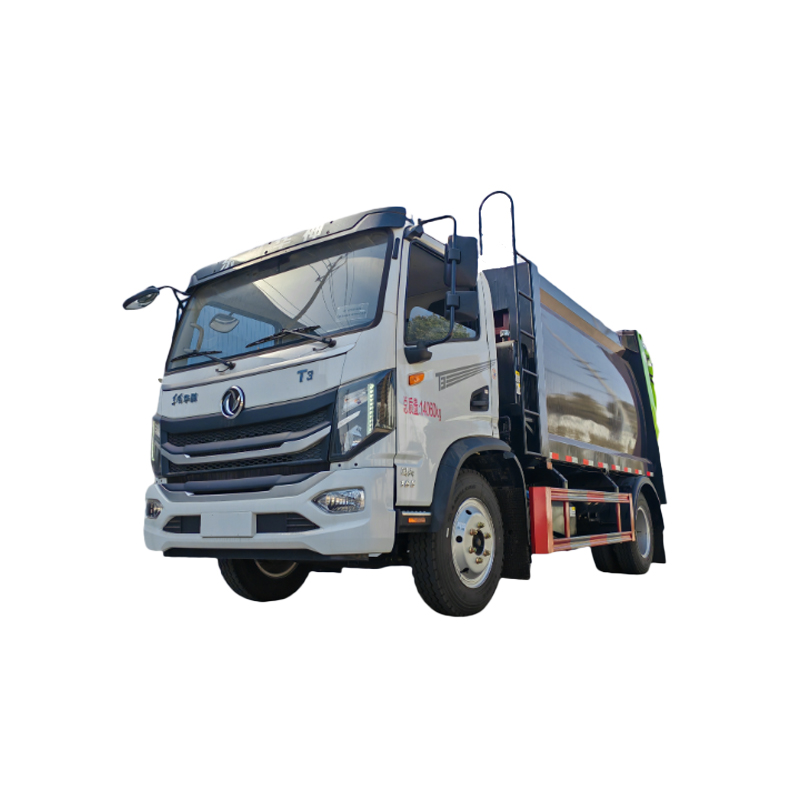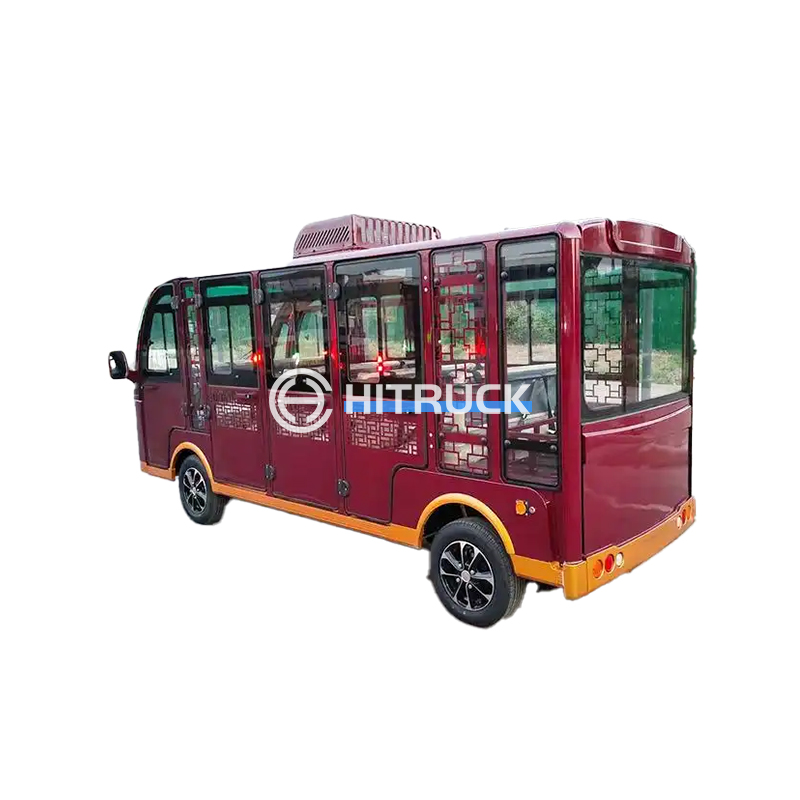This guide provides a comprehensive overview of overhead cranes and hoists, covering their types, applications, safety considerations, and maintenance. Learn about the different components, selection criteria, and best practices for maximizing efficiency and minimizing risks. We explore various industries where these essential lifting devices play a crucial role.
Overhead traveling cranes are commonly used in factories, warehouses, and workshops for lifting and moving heavy loads. These cranes consist of a bridge structure that travels along runways, supporting a hoist that lifts and lowers the load. Different types exist, including:
The choice depends on factors like load capacity, span, headroom, and frequency of use. Selecting the right crane ensures optimal performance and longevity.
Jib cranes are simpler, smaller overhead cranes ideal for smaller workshops or areas with limited space. They consist of a jib (a pivoted arm) mounted on a fixed column or wall, allowing for lifting and maneuvering within a limited radius. These are often manually operated, but electric models also exist. They are frequently used in smaller manufacturing environments, repair shops, and stockyards.
Electric chain hoists are versatile and widely used with overhead cranes. They use an electric motor to lift and lower loads using a chain mechanism. Their compact size, reliability, and relatively low maintenance requirements make them popular choices across various industries. Features to consider include lifting capacity, lifting speed, and control options. Many models offer variable speed control for precision lifting.
Wire rope hoists, often used in heavier-duty applications, offer higher lifting capacities compared to chain hoists. They utilize a steel wire rope for lifting and are frequently found in larger overhead crane systems where significant weight needs to be managed. These hoists demand regular inspection and maintenance due to the wear and tear on the wire rope.
Safety is paramount when working with overhead cranes and hoists. Regular inspections, operator training, and adherence to safety regulations are critical. This includes performing load tests, checking for any signs of wear and tear on components, and ensuring proper maintenance scheduling. Implementing a robust safety program is essential for preventing accidents and ensuring a safe working environment. Proper load handling procedures and the use of appropriate safety equipment, such as harnesses and helmets, are also vital.
Choosing the appropriate overhead crane and hoist system involves carefully considering several factors:
| Factor | Considerations |
|---|---|
| Load Capacity | Maximum weight to be lifted |
| Span | Distance between crane runways |
| Headroom | Vertical clearance required |
| Lifting Height | Required vertical travel distance |
| Power Source | Electric, pneumatic, or manual |
| Control System | Pendant, wireless remote, or cabin control |
Consulting with a qualified crane supplier or engineer is essential for making an informed decision. They can assist in analyzing your specific needs and recommending a suitable system that meets your requirements and budget.
Regular maintenance and inspection are crucial for extending the lifespan of your overhead cranes and hoists and ensuring their continued safe operation. This involves routine lubrication, inspections of critical components for wear and tear, and adherence to manufacturer's recommendations. A well-maintained system is less likely to experience breakdowns and ensures worker safety.
For more information on high-quality overhead cranes and hoists, visit Suizhou Haicang Automobile sales Co., LTD. They offer a wide range of options to suit your needs.
Disclaimer: This information is for general guidance only and does not constitute professional advice. Always consult with qualified professionals for specific applications and safety regulations.

